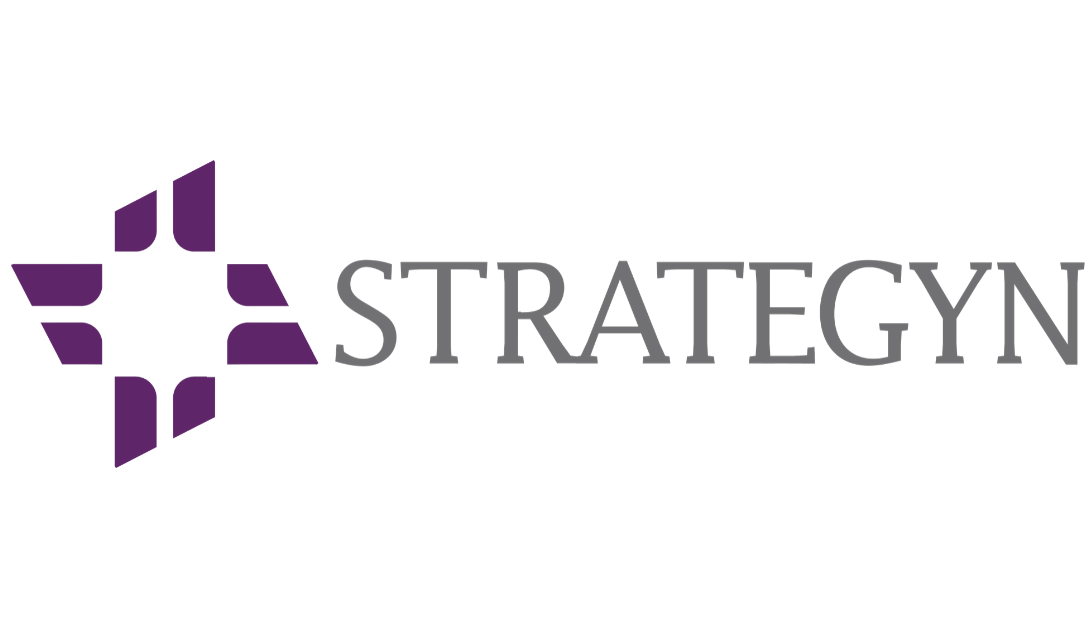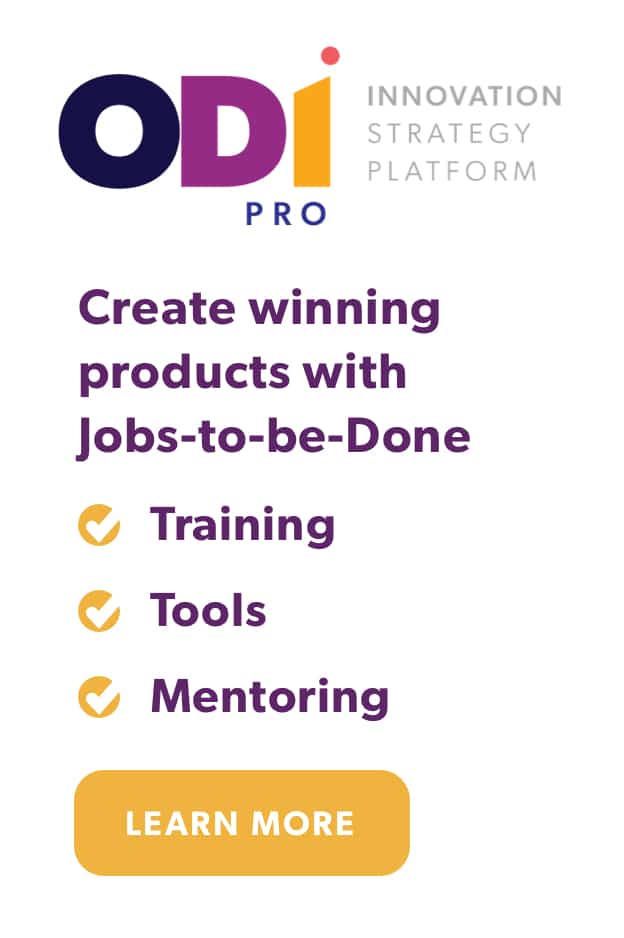So exactly what is market segmentation? When it comes to innovation, segmentation can be defined as the ability to identify groups of customers that have a similar set of under- or overserved needs, enabling the creation of a product or service that will appeal to all members of the group. Targeting a segment of customers that share a common set of unmet needs dramatically increases the chances that a product or service will succeed, as it is more likely to connect solidly with the target customers.
Despite the importance of getting segmentation right, the practice of segmentation has evolved along a continuum that has been both defined and limited by the type of customer information that is available. Many managers continue to group customers into attribute-based categories such as product type, price point, age, business size and other demographic or psychographic classifications. But these methods do not help companies innovate because they fail to consider the customer’s jobs-to-be-done and their needs.
So what is market segmentation all about when it comes to innovation and growth? Segmentation is a way to discover segments of opportunity; segments of customers that have different unmet needs and potentially require different solutions. The discovery of these segments drives product strategy as companies may choose to target the most underserved segments (the ones that will pay a premium to get the job done better), or the most overserved segments (those that require a low-cost, disruptive solution).
So how do we find these segments? Well, we know that people buy products and services to get jobs done and that they use between 50 and 150 metrics to define the successful execution of a job-to-be-done. These metrics are the customers’ needs and they provide a foundation for a powerful approach to innovation we call outcome-based segmentation. It is part of our innovation process, Outcome-Driven Innovation (ODI).
Outcome-based market segmentation works because it enables managers to segment customers based on what makes them truly different—the outcomes they want to achieve when hiring a product or service to get a job done.




